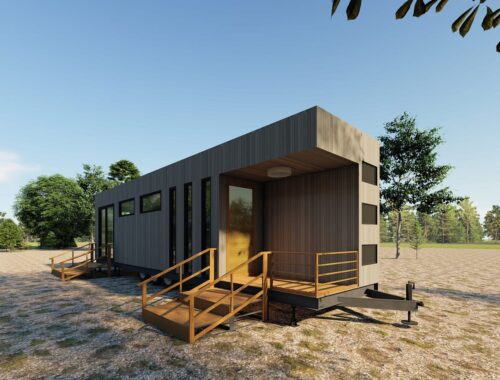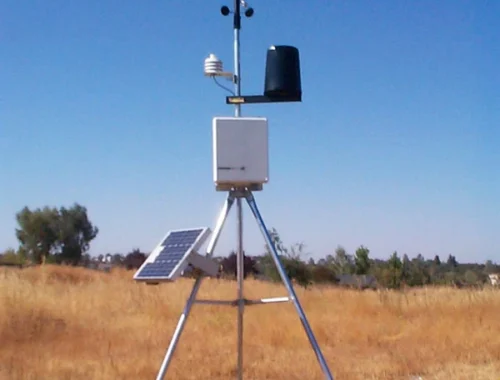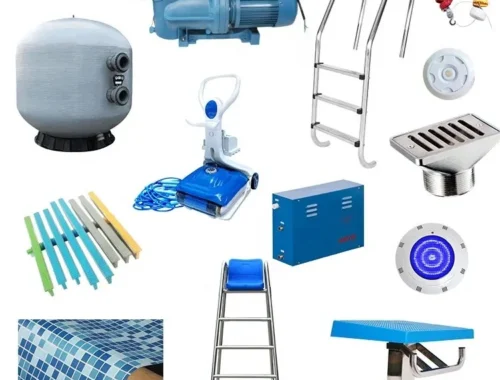Entrepreneurs feel the benefit of FI-Ware
Getty
Entrepreneurs feel the benefit of FI-Ware
An open initiative to create sustainable digitalization opportunities.
In 2011 the European Commission and a group of companies including Telefonica, Orange, IBM and Siemens started work on an open platform for the development of new Internet applications. Called FI-Ware (the FI stands for Future Internet) the platform provides tools and royalty-free building blocks for apps, offering an alternative to proprietary systems from companies such as Google, Amazon and Microsoft. It also features support for the entrepreneurial side of app creation. Four years on, new companies are starting to emerge from the system.
The entrepreneurial support begins with FI-Lab, an online “open innovation ecosystem” that allows developers to experiment with FI-Ware resources, tap large amounts of open data and test their apps with users. It is also somewhere they can connect with application sponsors, such as businesses and public administrations.
The project also has money to invest. A prize fund worth €870,000 was created in 2013-14 for developers creating applications with FI-Lab, while €80 million is available in 2014-15 for small and medium sized enterprises developing FI-Ware projects in one of 16 business accelerators. These cover sectors from smart cities, e-health and transport through to learning, media and content. Awards range from €10,000 up to €250,000.
Early winners include CoffeeStrap, a Dutch app that matches and manages conversational language exchanges, and UsherU, from Ireland, with a system that offers discount cinema seats based on supply and demand in any city. Meanwhile Onomondo, from Denmark, has developed software that blends mobile networks to eliminate roaming.
Dimago, from Stuttgart in Germany, was attracted to FI-Ware by the funding. “It fills this gap where normally you need money to make a prototype, and that’s a big obstacle for many founders,” says co-founder Mirko Ross.
Dimago is working on a system for more effective and individualized treatment of depression. The idea is that a wristband collects information about the patient, such as physiological indicators and behaviour, relays it to a mobile app and then on to a server for secure processing and analysis. The collated information can then inform treatment decisions.
A prototype is often a prerequisite for start-ups to enter a business accelerator, so in this respect FI-Ware represents a fast-track. “You have the possibility to really build a product, plus what we feel is excellent mentoring for business development, a very good network and even contacts with potential investors,” Ross explains.
Imago passed on FI-Lab and went into the Fiche accelerator, which specializes in e-health projects. This has three competitive stages: business modelling, then prototyping, and finally testing the prototype in a living lab. Technically Dimago could have worked with other systems, and was courted by Google and Microsoft, but it did not want to get tied to one vendor further down the line.
Olaii Payments, from Ljubljana in Slovenia, went into the Impact accelerator to develop its cashless payment system for events such as festivals, concerts and clubs. Using FI-Ware has helped reduce development time and costs, but it was not the only place the company could have gone. “Most of the functionalities offered by FI-Ware, but perhaps not all, are made available by other or related open-source projects, but might not be integrated into one single platform,” says chief executive Mariano Cecowski.
The company also skipped FI-Lab, deploying FI-Ware in-house. That was challenging, but gave it more freedom, Cecowski says. “We got a lot of support from the FI-Ware development community, since some of the things we are using are not yet fully functional, while the Impact accelerator and its mentors provided a lot of help from the entrepreneurship side, including product development, market positioning and so on.”
One downside was that the system’s lack of maturity meant repeated tweaks to the app as new versions of FI-Ware and its components were released. “Perhaps this will be less of a problem when the platform is more stable,” says Cecowski, adding that FI-Ware also needs to become more stable before it can be used in production.
There is also a need for the market to open up to FI-Ware. “I would love to see a commercial infrastructure provider running a FI-Ware node at competitive prices. That is a gap that current start-ups need filled if they want to launch something into production without incurring in huge infrastructure costs before achieving a reasonable cash flow.”
Meanwhile Ross is looking for system consolidation. “As well as having products out there using FI-Ware, I want to see an open-source community of developers and companies who will ensure that this FI-Ware idea is sustainable.”
www.dimago-mhealth.com
payments.olaii.com
fi-ware.org
Click Here: IQOS White
You May Also Like

シャーシ設計の最適化手法とその応用
March 20, 2025
Automatic Weather Station Price Analysis and Market Trends
March 16, 2025